Bighead carp (Hypophthalmichthys) are a genus of fish, popular in the culinary world. They belong to the carp family (Cyprinidae). What's more distinct about bighead carp is that their eyes are situated below the line of the mouth, making their expression quite specific. The members of this genus originate from the waters around East Asia but are also found in many other regions around the world.
Bighead and Silver Carp
Silver carp (Hypophthalmichthys molitrix) is distinguished by its large size. It can weigh up to more than 44 lb (20 kg). Its body is flattened and colored silver. It's covered in small and thin scales.
Bighead carp (Hypophthalmichthys nobilis) is considered invasive and originates from the Far East. This species has a slightly bigger head within its silver cousin. Usually, bighead carp is colored light brown, its back colored in darker shades. In some specimens there are also darker spots on the sides. This depends on the light shining through in the specific water body that the fish inhabit.
Bighead Carp Behavior
Silver carp inhabits the surface layers of water. It feeds primarily on the plankton found there. Different kinds of seaweed are present in this fish's diet. If there are no seaweed in the area, the fish feeds on organic waste. Silver carp reaches sexual maturity around 3 years of age. It's very flighty and when it feels threatened it jumps above the surface of the water.
Bighead carp consumes zoo- and phytoplankton. But as it ages, the amount of zooplankton in its diet grows. If quantities are insufficient, it is forced to make do with phytoplankton. It feeds actively and gains weight quickly. It reaches sexual maturity at 6-7 years of age. In comparison to its silver cousin, it reproduces a little later. This species of fish swims in schools, making it easier for fishermen to catch it.
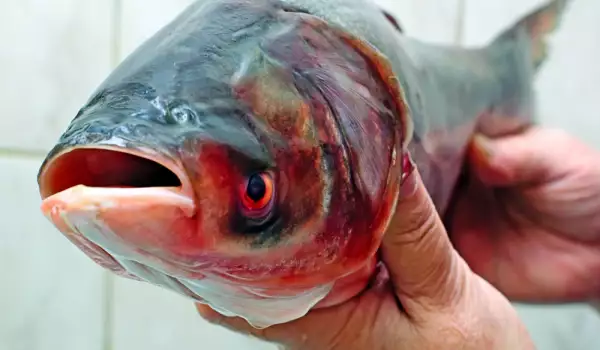
Bighead Carp Hatcheries
Bighead carp are raised and bred successfully in many fish farms. It can live alongside other fish species since it wouldn't pose a threat to them. It also does not compete for food with other fish species. Further it doesn't require the presence of any special kinds of plants in the water body it inhabits. The only condition is for there to be phytoplankton in the water.
Catching Bighead Carp
To lure bighead carp you can use press cakes, bran and bread. The months when these fish are most physically active are also most suitable for catching. You can prepare your fishing tackle for the last days of July, August and the beginning of September. You can also catch bighead carp during the winter but you'll have to find a spot where they're hiding.
Then you'll need to grab their attention with specially aromatized bait, that's sold in specialized bait and tackle shops. The bait you intend to lure them with shouldn't be put on the bottom but left to float around on the water. According to experts, food of animal origin remains the most tempting for bighead carp.
Choosing Bighead Carp
When buying bighead carp, always make sure you're buying from an authorized retailer. Look carefully at the appearance of the fish. Its eyes need to be clear and shiny. The meat needs to be stretchy, while the skin must not stick. If the fish has a severely sharp and unpleasant smell, its quality is questionable.
Cleaning Bighead Carp
Wash the bighead carp well with cold water. If necessary remove the scales with a knife. Make crosscuts along the belly and very carefully remove all the insides. If the fins are large, you can cut part of them off but try to leave up to 1/2″ (1 cm). If you like, remove the head as well. Wash the cleaned meat again and dry it. You can chop it, depending on what the recipe calls for.
Cooking Bighead Carp
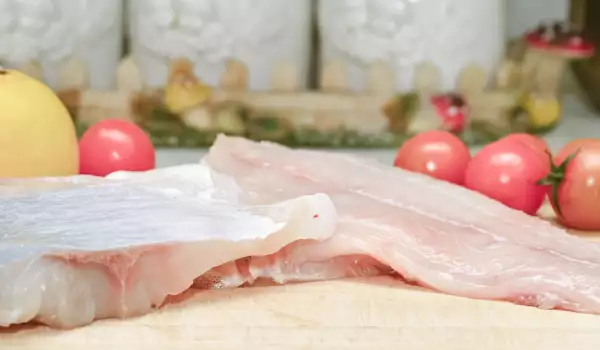
Bighead carp meat is white. It has more bones around the tail. It is soft and pleasant to the taste but it does have one downside - its taste qualities decrease quickly after it's caught, which is why it's best to prepare it as soon as possible after the fact. It can be included in various recipes.
It's very tasty breaded, grilled, cooked on skewers or fillets. The innards of bighead carp can be used to make broths which later transform soups and stews into a genuine delight for the senses. It can be used to make aspic as well. Bighead carp can be seasoned with black pepper, basil, dill, thyme, melissa, oregano, bay leaf, tarragon and others. Its taste is further complemented by lemon and onions.
Benefits of Bighead Carp
Bighead carp meat is healthy since it contains a lot of protein, iron, sulfur, zinc, magnesium and others. It is also a source of valuable omega-3 and omega-6 fatty acids. According to experts, eating bighead carp helps prevent cardiovascular problems, as well as oncological diseases. Consuming this type of fish has proven effects for atherosclerosis. It is a must for people suffering from diabetes, gout, hypertension, rheumatism and more.
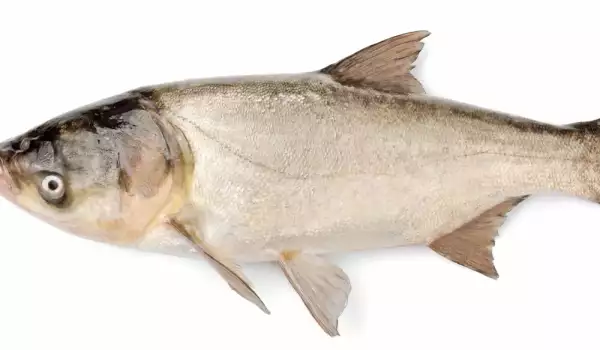

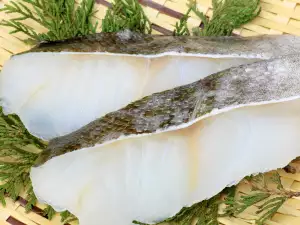
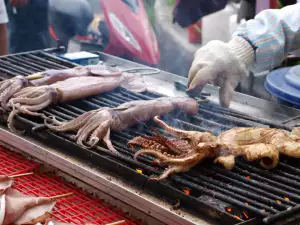
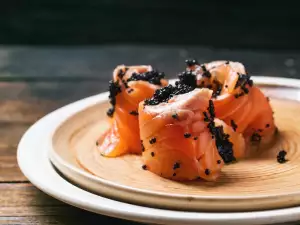
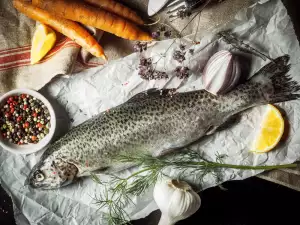
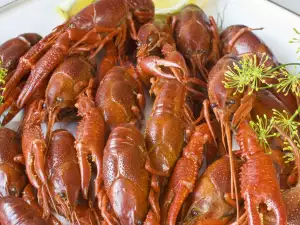
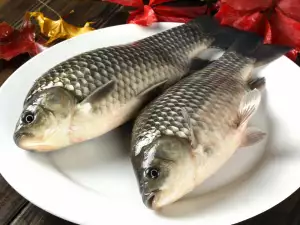
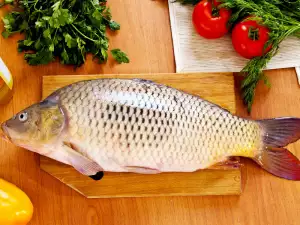
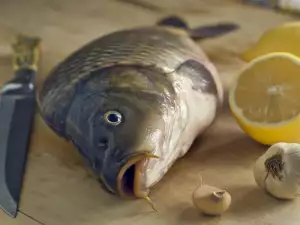
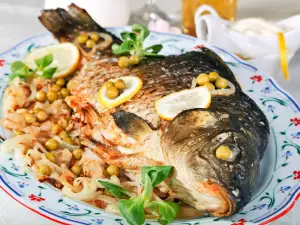

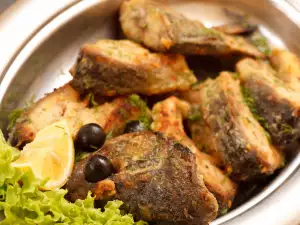
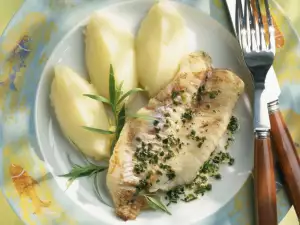
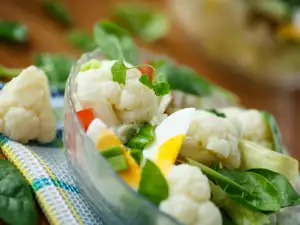
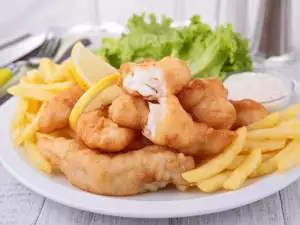




Comments